detail profile ignacio ag c3 bcero
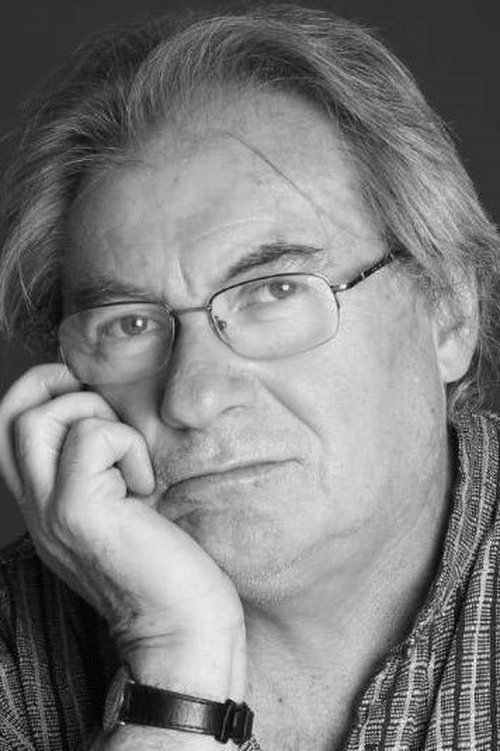
Ignacio Agüero
Ignacio Agüero Piwonka
atau dikenal sebagai
Riwayat Hidup
Ignacio Agüero is one of the most renowned documentary filmmakers in Chile.
He studied Architecture and Cinema, and graduated from the School of Communication Arts of the Universidad Católica de Chile, with the title of Artistic Director with a mention in cinema in 1979.
He is a founding member of the Association of Documentary Filmmakers of Chile, of which he was its first president.
Although he has stood out for making independent documentaries, he has also worked as a producer, editor, cameraman, actor, and has been a judge in national and international competitions.
In 1988 he participated as co-director and editor of "La Franja del NO", a television message in the campaign for the plebiscite that overthrew the dictatorship of Augusto Pinochet.
Parallel to his work as a filmmaker, he has produced numerous works commissioned by television, both national and foreign.
Among them, the most important ones: Neruda, all the love (1998), with script by Antonio Skármeta, filmed for Canal + Spain, and several chapters of the series Heredia & asociados, based on the stories of novelist Ramon Diaz Eterovic.
From his production company Ignacio Agüero & Asociado, he produced the series Maldito corazón, about historical crimes in Chile, winner of the National Television Council contest and produced for Chilevisión in 2011.
No olvidar (1982), his initial film, touches on the theme of the so-called "Lonquén Ovens Massacre", committed in 1978 and discovered a few years later.
In 1988, Agüero made a documentary that made history, One Hundred Children Waiting for a Train.
From misery and marginality, the film tells the innocent story of a group of children who travel from their town to the center of the city to attend a film session for the first time.
It was awarded the First Prize for a Documentary at the 1988 Havana Film Festival, the year of its premiere.
In 1993 she premiered the documentary Dreams of Ice, which won the Grand Prize for Documentary at the Mannhein-Heidelberg Festival in 1994, and in 2000 her documentary Aquí se construye, first prize at the Docupolis Festival in Barcelona, and best national documentary at FIDOCS (Santiago de Chile) in 2001.
In 2004 he made the documentary La mamá de mi abuela le contó a mi abuela.
Later he made the outstanding documentary El diario de Agustín (2008), about the active participation of the newspaper El Mercurio in the military coup and later in the consolidation of the military dictatorship.
In 2011, he made a documentary about the building that currently houses the Gabriela Mistral Cultural Center, GAM (2001) and in 2012 he premiered his personal documentary El otro día, a film with Al that won the Altazor 2014 Award for documentary direction.
This is the fourth Altazor obtained by Ignacio Agüero after the triumphs of 2005 with La mamá de mi abuela le contó a mi abuela, 2006 with Heredia y Asociados and 2009 with El diario de Agustín.
He has conducted numerous training workshops in Chile, Mexico, Barcelona, Bolivia, and has developed project tutorials in Mexico, Costa Rica, Buenos Aires, Nicaragua and Chile.
Ignacio Agüero is an associate professor at the Institute of Communication and Image (ICEI) of the Universidad de Chile and Coordinator of the Master's Degree in Documentary Film.
Info Pribadi
Peran Yang Di Mainkan Ignacio Agüero
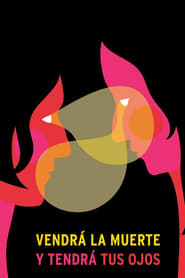 Two women who have spent their...
Two women who have spent their...Death Will Come and Shall Have Your Eyes 2019
Two women who have spent their whole lives together must deal with the illness affecting one of them. The sick woman decides not to have treatment and they move into a cabin in the woods to wait for the day that death will come into their lives. The situation sees the resurfacing of the love that time had buried under the routine. Gradually their relationship will strengthen as death bides its time outside the cabin.
 Looking for extras and locations a...
Looking for extras and locations a...The Winds Know That I'm Coming Back Home 2016
Looking for extras and locations, a filmmaker settles on Chiloé, the second largest island off the coast of Chile. He does auditions, but mainly listens patiently to the stories of young and old people. As an outsider, he cautiously searches for the soul of the community and its underlying tensions.
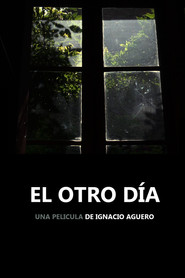 The house of the director has...
The house of the director has...The Other Day 2012
The house of the director has a door out to the sidewalk. This gate separates the inside from the outside. The interior contains the filmmaker's personal story and his world of objects, thoughts and imaginations. Outer space contains the city of Santiago de Chile. The stories of the world inside the house are interrupted when the doorbell rings unknown and thus come into the film.
 Teresa Wilms Montt is a writer...
Teresa Wilms Montt is a writer...Teresa 2009
Teresa Wilms Montt is a writer, a rebellious woman, tormented and beautiful. He marries at age 17 challenging family opposition. She falls in love with someone she should not and the family court condemns her to confinement in a convent. Separated from her two daughters, she escapes to Buenos Aires with Vicente Huidobro. From that flight her life becomes an exciting and tragic itinerary.
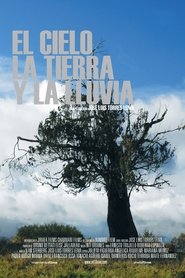 Ana Vernica Marta and Toro are...
Ana Vernica Marta and Toro are...The Sky, the Earth and the Rain 2008
Ana, Verónica, Marta, and Toro are four lonely people who live an unadventurous and quiet existence in southern Chile. They are with each other without the need of using words, trying to save themselves in a stealthy and extreme way. In order not only of getting away of the loneliness that constitutes their innermost core, but also of finding themselves, they reach for each other to get brotherly and sexual love, affection, and a space and time of their own.
 This was a man He lived...
This was a man He lived...La Recta Provincia 2007
This was a man. He lived with his mother. He cared a manor house in the countryside of Chile. One day the man found a bone in the garden. The bone was bored. That was a bone flute. The man with the flute music play. And music song became. The voice of the song begging to seek the other bones of his scattered body. The man and his mother were in those ways of God and hell, looking for the bones that make up the skeleton of that Christian. And give him a Christian burial. And they saw what they saw, they lived what they lived. Many stories lived. And although they did not tell anyone, others told them.
 A film about the fearless photographers...
A film about the fearless photographers...City of Photographers 2006
A film about the fearless photographers and photojournalists who documented strikes, demonstrations, protests etc during the Chilean military regime of Augusto Pinochet, sometimes risking their very lives.
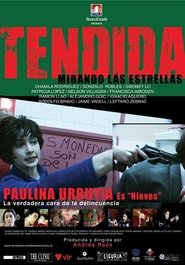 Nieves has murdered the man who...
Nieves has murdered the man who...Tendida mirando las estrellas 2004
Nieves has murdered the man who was tried to rape his younger brother. Sentenced to five years in prison, she is immersed in a hard and marginal world, she does yearns to one day being released and fulfill her lifelong dream: to know the flowery desert in northern Chile. When an oversight of her captors allows her to flee, her dreams will have to wait still. She dedicates herself to managing a nightclub where her former jailmates prostitute themselves.
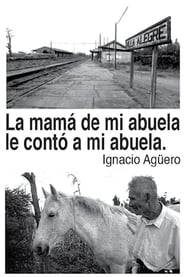 Gathered by a theater company a...
Gathered by a theater company a...My Grandmother's Mother Told My Grandmother 2004
Gathered by a theater company, a small town in Chile called Villa Alegre, looks deep into its origins and myths to tell their own history through a play.
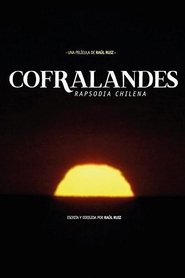 An experimental fourpart 2002 FrancoChilean digital video...
An experimental fourpart 2002 FrancoChilean digital video...Cofralandes, Chilean Rhapsody 2002
An experimental four-part 2002 Franco-Chilean digital video series written and directed by Raúl Ruiz. The first part won a FIPRESCI Award at the Montreal World Film Festival in 2002 "for the director's personal exploration into his homeland, using DV in a rigorous yet playful manner".
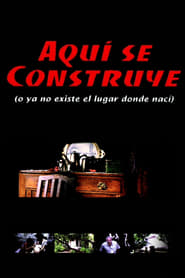 Agero is able to look at...
Agero is able to look at...Aquí se construye (o Ya no existe el lugar donde nací) 2000
Agüero is able to look at the scene in all it's complexity around architectonical brutality that Santiago de Chile underwent around the year 2000.
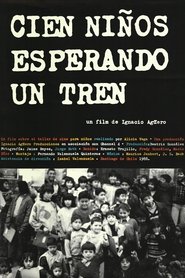 Tells the story of a group...
Tells the story of a group...One Hundred Children Waiting for a Train 1990
Tells the story of a group of Chilean children who discover a larger reality and a different world through the cinema. Each Saturday, Alicia Vega transforms the chapel of Lo Hermida into a film screening room as she conducts a workshop for children under the auspices of the Catholic church. The hundred or so children involved had never seen a movie, and in the workshop they see and learn about the cinema: photograms and moving images, projection, camera angles and movement, film genres, and much more. And they watch movies: Chaplin, Disney, Lamorisse's 'The Red Balloon,' the Lumieres' 'The Arrival of the Train to the Station.' Finally, each child designs his own film with drawings. And then, for the first time in most of their lives, the children got to the movies in downtown Santiago.
 A key document of the dictatorship...
A key document of the dictatorship...Don’t Forget 1982
A key document of the dictatorship years, and a pinnacle moment in Chilean cinema. Filmed covertly during the dictatorship, No Olvidar chronicles a terrible episode in Chile’s history: the kidnapping and murder of five men whose bodies were only found after five years of searching.
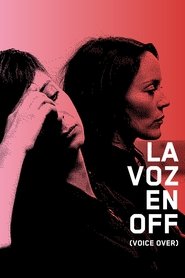 A married woman seeking to purify...
A married woman seeking to purify...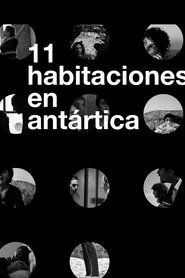 Leo Quinteros music is the base...
Leo Quinteros music is the base... In a bar in Santiago two...
In a bar in Santiago two...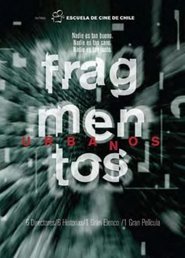 Anthology film composed of six standalone...
Anthology film composed of six standalone...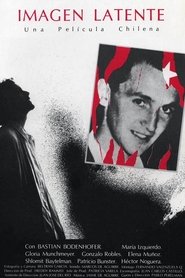 In the late 1980s a politically...
In the late 1980s a politically...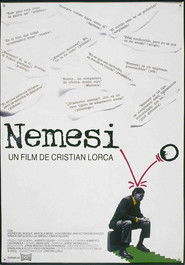 A public services employee receive the...
A public services employee receive the...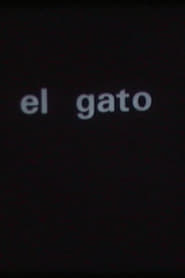 Two young university students break a...
Two young university students break a...